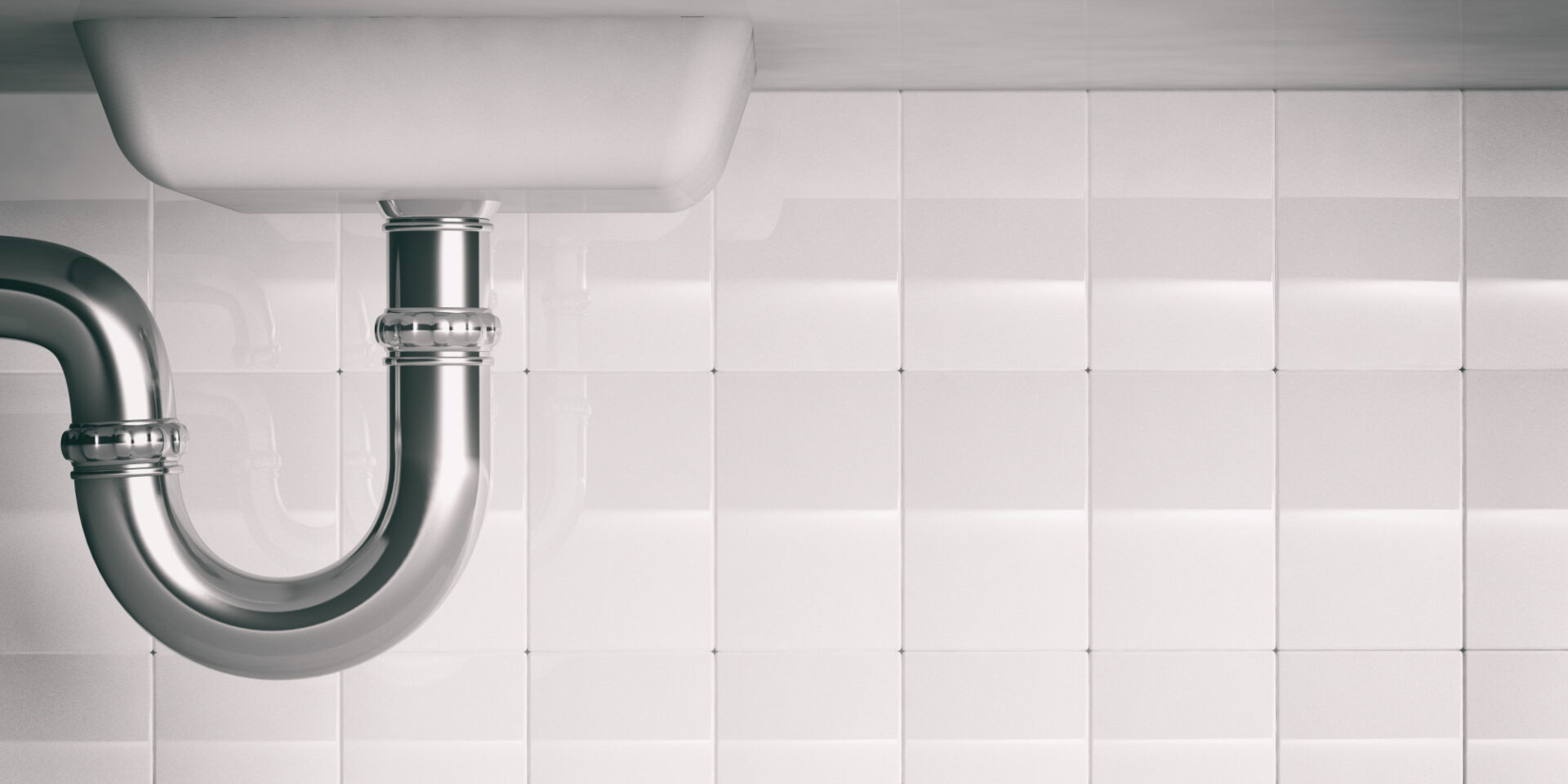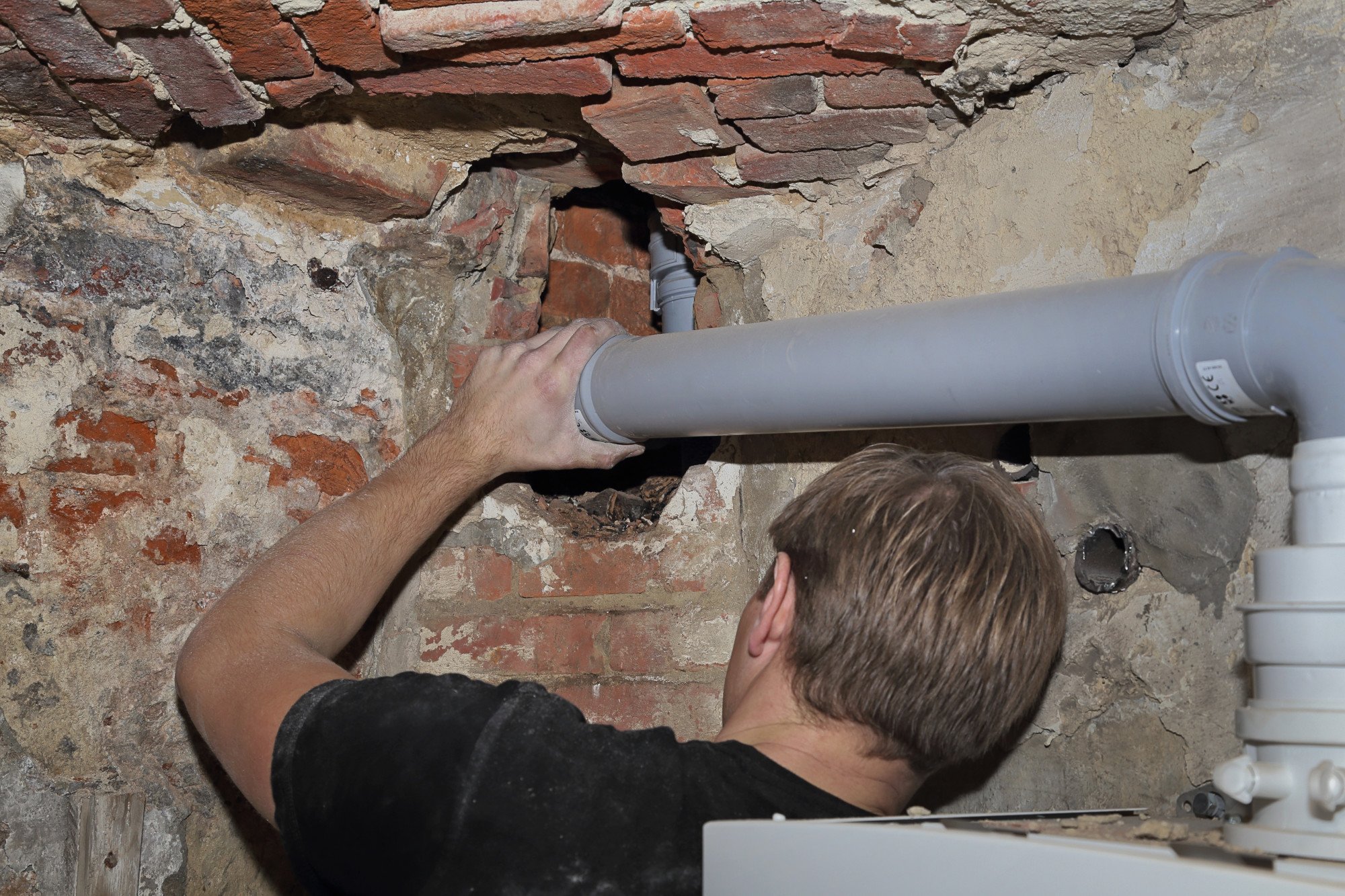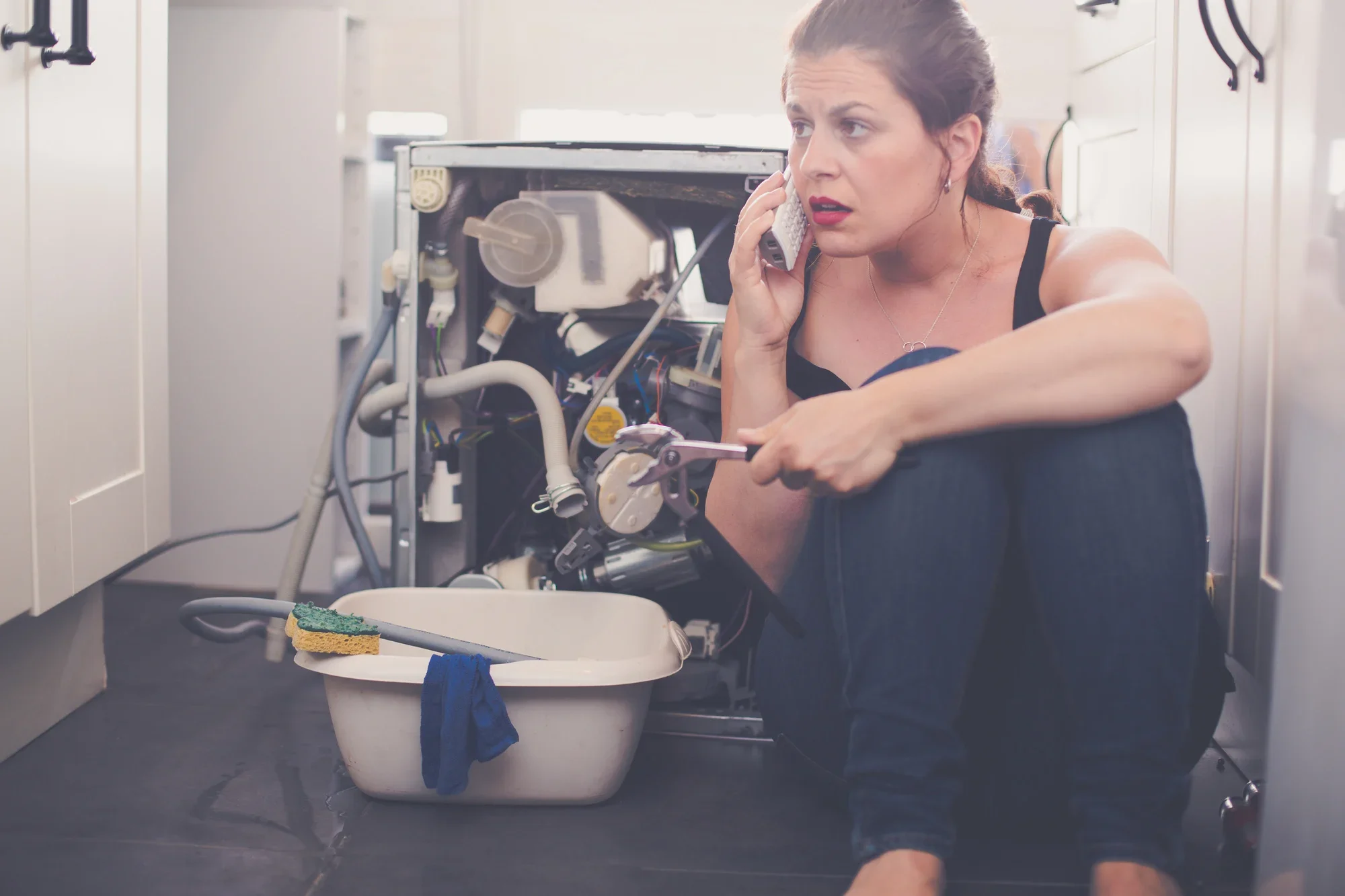Did you know that sewage backup is linked to countless diseases, including encephalitis and E. coli? With so many health risks, knowing how to unclog a drain is a crucial part of home ownership. But how can you handle these plumbing problems in a safe manner?
If you’re curious about how to unclog a toilet drain, we’re here to help. Read on to learn about the common causes of drain clogs and how to handle the plumbing. We’ll also look at how to unclog a toilet and other drains.
Common Causes of Drain Clogs
To start, what causes most drain clogs? Clogs can be caused by any foreign material that falls into a drain pipe.
Some drain pipes are more likely to clog than others. For example, damaged pipes may have scratches in the interior that can catch small bits of material. As a result, these bits catch other matter, forming a “snowball” until it clogs.
Furthermore, certain areas of a pipe are more likely to clog. If you look at your drain pipes, you may notice sudden curves or tight areas. These areas are susceptible to catching foreign matter and clogging with them quickly.
Here are three of the most common sources of clogs.
Hair
Hair is an exceptionally common source of a clog. There’s a high chance that you’ve dealt with a hair clog at some point simply by happenstance.
Hair clogs are frequent in all drains because of how often we shed hair. Showers are the victim of these clogs more often than other types due to hair falling out while we bathe.
If you’ve used a snake to remove a clog, you’ve almost certainly seen a large clump of hair. Such material easily ends up in drains of all sorts, no matter how careful we are.
To counter this issue, consider putting some sort of grate or catcher over your drains. Small plastic or rubber grates can withstand water while catching your hair. Simply remove the hair from the grate, stopping it from falling into the drain.
Non-Dissolvable Substances
Another common source of clogs is any non-dissolvable foreign substance. We often don’t think about how many small items may fall down a drain. Drain stoppers will prevent most items from falling into the pipes, but accidents happen nonetheless.
Some items that this occurs with are hair ties and jewelry. Bunched-up hair ties can easily fall down drains, especially ones without a drain stopper. Jewelry can roll from the counter into the sink, fall into the toilet, or find itself lodged in any other pipe.
Keep the area around your drains clear of any items that may become lodged in the pipe. These include small bits of plastic, rubber, or other items that won’t dissolve in the pipe. As they sit in the pipe, they’ll catch passing matter, quickly, causing a clog.
Items that will dissolve, such as minerals, medicine pills, or soaps. While these items may cause a temporary stoppage, running the faucet or flushing the toilet will often cause them to dissolve away.
Oils
Oil is liquid and can flow down a drain. As such, many of us believe there’s no issue with letting oil go down the drain. But did you know that this can cause some significant issues, including blockages?
It’s more often for oil to go down a kitchen drain than a shower or toilet. The oil most often enters the drain from being poured out of cooking dishes or dirty bowls. Cleaning and preparing food can also cause oil to enter the drain.
When oil, fats, or grease go down the drain, the substances catch other matter to cause a clog. Oil in particular is effective at collecting food crumbs and coffee grounds, as well as many other residues. Once they begin to clump, the clog becomes larger until the pipe is blocked.
Oil clogs are so common that there’s a term just for oil clogs. The term “FOG” stands for Fats, Oils, and Grease, as all of these will cause the same issue. Do your best to stop any oils from entering your drains other than your natural skin oil.
How to Unclog a Drain
Now that we know some of the ways that a clog can occur, we can look at how to handle the plumbing hazard. Among the many plumbing problems, simple clogs are typically the easiest to handle.
If you struggle with a clog, you should call a residential plumbing service immediately. Continuing to attempt to remove the clog without proper training can damage your pipes and worsen the issue.
Professional plumbers have equipment and knowledge that the average DIY enthusiast doesn’t. Don’t hesitate to call a professional.
Clear Away Water
The first step with any clog is to clear away the standing water. In a toilet, this is more difficult, as you may need to cut the water off to the reservoir.
For sinks, it’s much easier, as you can often vacuum out the water with a hose. If you can’t remove all of the water, don’t panic. It’s sometimes harder to work around the water, but in most cases, it won’t cause a hazard.
However, if the water is dirty, such as sewage or backed-up garbage disposal, clearing the water is more important. Primarily, this is because the water causes a hazard. If you cut yourself while working, sewage entering the cut can cause a severe infection.
Remove Visible Blockages
Once the water is clear, you can remove any blockages that you can see. It’s unlikely that you’ll see the blockage unless it’s close to the entrance to the drain.
For a toilet drain, the pipe is far behind where your eye will typically see. Don’t panic if you can’t see anything, as this only means the clog is farther down the pipe. The same methods for removing the blockage will still work.
If you can see something to remove, gently pull it out. It’s important not to yank or brusquely tug the clog, as this can damage your pipes. In minor cases, moving the clog can cause the matter to fall apart, fixing the issue.
Simple Attempts First
If the clog remains, you should start with the simplest methods. Doing so will stop you from spending hours on a complex method just to discover the easiest method would have completed the job in minutes.
One of the safest and quickest ways to dissolve a clog is with boiling water and salt. Pour a liberal amount of salt into the drain and let it sit for a few minutes. The salt will absorb moisture which can cause the clog to shrink.
Afterward, pour the boiling water safely down the drain. Do your best to pour slowly so that you don’t splash and scald yourself. The hot water can dissolve or shrivel the clog that the salt has already made smaller.
Another choice is vinegar and baking soda. Pour a cup of baking soda down followed by a cup of vinegar. After 15 minutes, chase the bubbling mixture with boiling water.
Plunging the Drain
The best tool to use to quickly dislodge a clog is the plunger. Plungers are inexpensive, available in any hardware or grocery store, and easy to use.
Drain as much water as possible and stuff a rag near the overflow hole. Doing so will create a tighter seal.
Afterward, latch the plunger around the drain and plunge several times. Plunging will cause an air suction to move the clog, often dislodging the matter. Wear gloves so that you can easily remove the clog once you’ve dislodged it.
Clean Out the P-Trap
Beneath your sink, you’ll find a P-trap, which resembles a curve in the pipe. The same pipe should be visible for your toilet.
Place a bucket under the P-trap and unscrew the slip nut. Wiggling it free, you can remove any obstruction here and replace the nut.
Snake the Drain
Finally, the last simple option is to snake the drain. A snake is a plumbing tool that resembles a long flexible wire, though there are many other forms. The snake can fit down a pipe much farther than most other tools.
Use the snake to slink down the drain and dislodge the clog. Snake until you feel resistance and break up or remove the clog as best as possible. Afterward, pour warm water down to flush the new path.
Tackling Your Plumbing Problems
Understanding how to unclog a drain is integral to DIY plumbing maintenance. Use the simplest methods first before moving to larger, more complex methods. If you’re struggling or are unsure of how to proceed, don’t hesitate to call a professional.
For more information, be sure to contact us. You can also browse our extensive site for more excellent reads.



